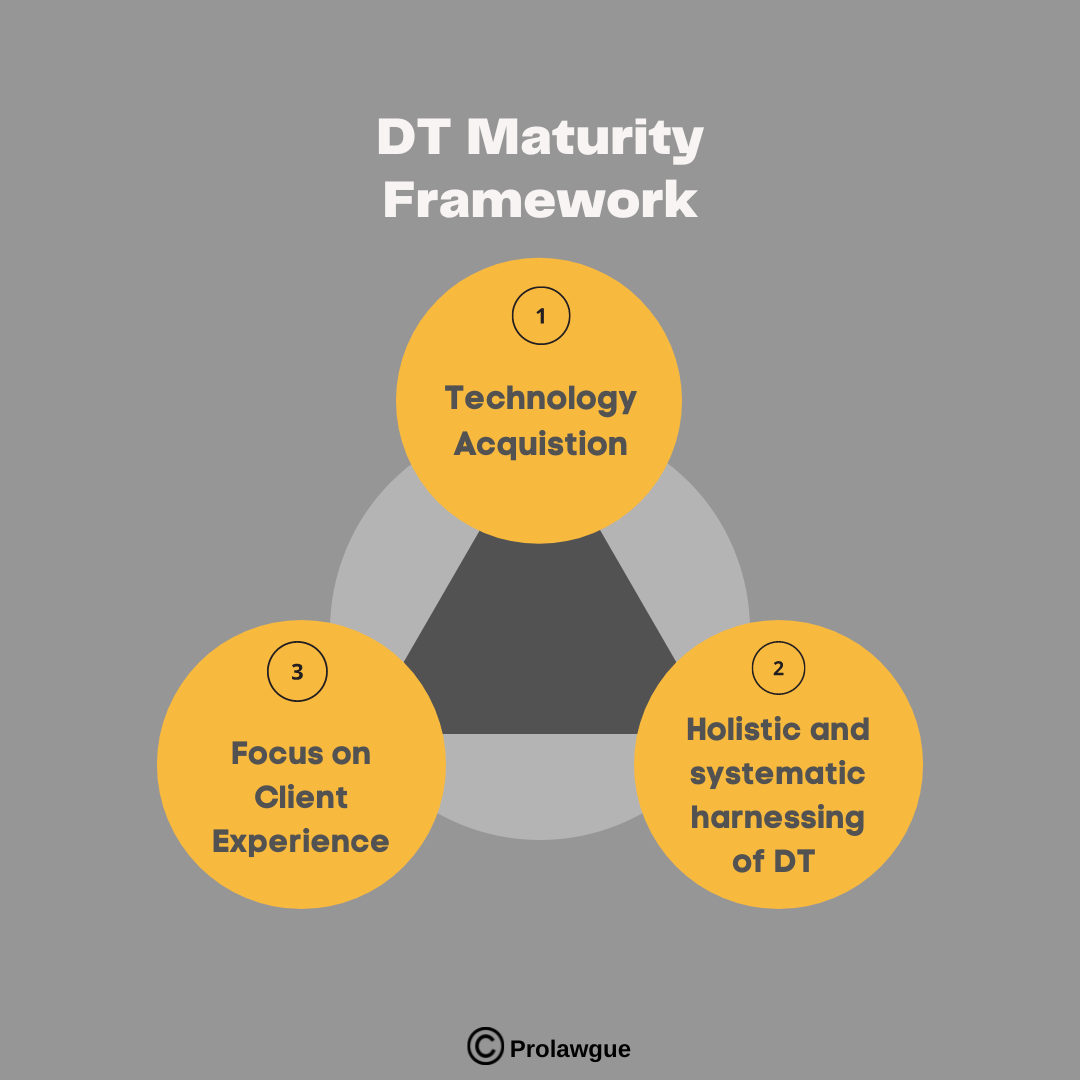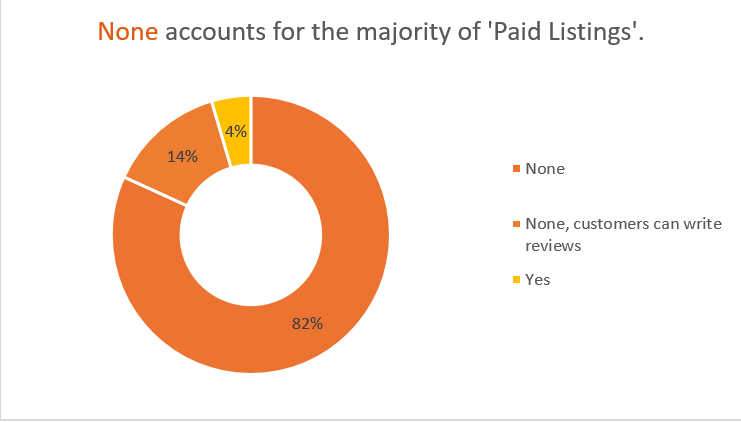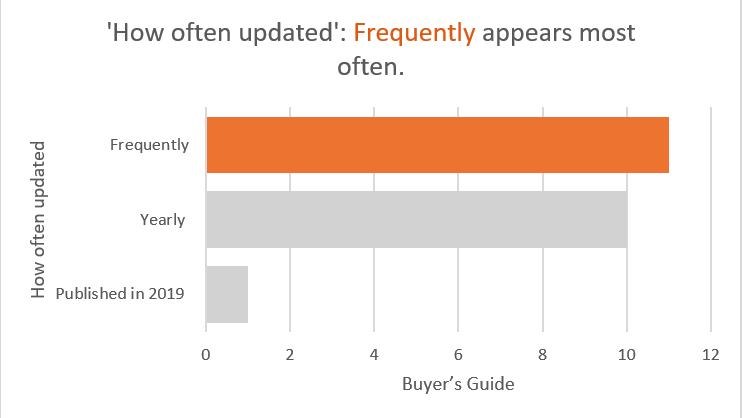The legal industry has undergone the challenge of ‘innovation resistance’ when lawyers feared the adoption of state-of-the-art technology. Now that this resistance has gradually turned into an appreciation of how technology tools can make processes easier and faster, a newer challenge is to locate the tools best suited for a professional’s practice. In our resolve to make these searches easier for you, we have curated a Buyer’s Guide for Legal Tech, that any legal professional can use to find tools and incorporate them into their practice, to streamline processes, avoid redundancy and build better workflows.
Before we delve into the guide, let’s understand how organizations, previously resistant to technology, have gradually started the adoption process, which unfortunately is not the most efficient and value-accretive. The current process of adopting technology is arduous. Companies and organizations focus on eliminating redundant managerial and delivery processes, to replace each one of them with a robust technological system. However, such an approach does not pan out to benefit the organization, since it is not client-centric from the very beginning. At this juncture, the concept of “Digital Transformation” plays an important role. Digital Transformation is the process of adopting technology, artificial intelligence, machine learning, etc, to manage processes, enrich the customer experience, and improve business output. It is a multi-disciplinary, change management effort. Contrary to popular opinion, Digital Transformation is not an end in itself, it is not a disjunctive process that merely focuses on digitization or technological optimization. In fact, non-digital aspects of Digital Transformation are imperative to ensure strategic planning, revenue generation, and client-centric service delivery.
Global spending on Digital Technology enabled services in 2025 is expected to reach a double ($2.8 trillion) of what it stood at in 2020.
(Source: Legal Evolution)
(suggested by Michele Destefano, Bjarne P. Tellmann, and Daniel Wu)
Three Faced Digital Transformation Maturity Framework

(suggested by Michele Destefano, Bjarne P. Tellmann, and Daniel Wu)
The Digital Transformation Maturity Framework is a three-faced representation of how legal organizations should respond to technological adoptions and digital transformative processes emerging in the market, as opposed to the current trend, that ignores client demands and behavior analysis from the very beginning. Understanding the maturity framework will help businesses that the leap of technological adoption and holistic development, without ignoring client needs from the start.
Maturity Framework: Phase One
During the very first phase, organizations acquire technology to reduce costs and improve efficiency, without identifying defined problem statements and targeted issues that require resolution. A haphazard ‘desire’ to reduce costs and improve efficiency exists without any strategic framework to carry that forward.
Maturity Framework: Phase Two
The second phase involves a systematic redesigning of workflows to integrate technology into the processes, tools, resources, and systems of the organization, that aids in system optimization. In this phase, the organization is made aware of possible shortcomings of current processes, and the desire to adopt technology is turned into a real-time utilization of technology to improve internal processes.
Maturity Framework: Phase Three
The last phase takes an outward approach and focuses on improving client experience and potential, after having worked on internal processes. This phase also involves an understanding of data, and its integration into delivery systems to generate analytics and insights.
We have attempted to understand available Buyer’s Guides through the following metrics:
- Jurisdiction: Whether the guide is relevant across jurisdictions around the globe, or does it only cater to a single jurisdiction.
- Price: Whether the guide is available free of cost or not.
- Customer Reviews: Whether the guide incorporates customer reviews of the tools that are assessed within the guide.
- Category: Whether the guide is specific to legal tech tools only or does it also review tools from other industries.
- Paid Listings: Whether the guide has paid listings on other platforms. (We ran this check to determine the credibility of the guides)
- Updation Policy: How often is the guide updated? (This includes an update on tool description, customer reviews, etc.)
- Method of Tools Segregation: How does the guide segregate tools? (Different segregation categories include vendors, software categories, software, products, target audience, target market, etc.)
Our comparison has largely revealed that most Buyer’s Guides are available free of cost and can be easily accessed. These are also all regions specific and do not cater to a single jurisdiction. Further, each guide has a distinct manner of segregating tools.
SEGREGATION OF TOOLS
Here are our findings, condensed in a better form, for your ease of understanding.

Our findings revealed that 11 out of 22 guides reviewed, segregated tools by use-case (various usages of the tool). Some guides segregate tools by software categories and user types. While the least number of guides segregate tools on the basis of product, user type, objective, vendors and incubators, software categories, and target audience.
PAID LISTING
Lorem ipsum.Our findings revealed that 11 out of 22 guides reviewed, segregated tools by use-case (various usages of the tool). Some guides segregate tools by software

For most of the available Buyer’s Guides, Paid Listings are not found, rather customers have the option to write reviews. However, some Buyer’s Guides do not allow the customers to write reviews, rather, the guides sometimes contain customer reviews of the listed tools.
JURISDICTION
most of the available Buyer’s Guides, Paid Listings are not found, rather customers have the option to write r

Most guides record tools that are available across jurisdictions and are not limited to a single, or a handful of jurisdictions only. However, we found one comprehensive Buyer’s Guide that caters to the US alone.
PRICE AND REVIEWS
 We found out that most guides that are available free of cost do not contain any customer reviews to back the authenticity of these guides and their content. However, guides available behind a paywall, are inclusive of customer reviews which makes them more comprehensive.
We found out that most guides that are available free of cost do not contain any customer reviews to back the authenticity of these guides and their content. However, guides available behind a paywall, are inclusive of customer reviews which makes them more comprehensive.
UPDATION FREQUENCY
 Our findings concluded that most Buyer’s Guides are updated frequently (some monthly, some quarterly), while a few are updated on a yearly basis. However, you might also come across guides that were published in a particular year but were never updated.
Our findings concluded that most Buyer’s Guides are updated frequently (some monthly, some quarterly), while a few are updated on a yearly basis. However, you might also come across guides that were published in a particular year but were never updated.
WHAT TYPE OF GUIDES ARE UPDATED MOST OFTEN?

Our research and comparison revealed that Open Databases that review and record all kinds of tools across industries are updated most often, in contrast to Buyer Guides that are made specifically for Legal Tech tools. These guides are either updated annually or do not undergo the updation process at all.
WHAT TYPE OF GUIDES ARE REVIEWED BY CUSTOMERS?

We found that most Open Databases are frequent with customer reviews and listings. However, guides, specific to Legal Tech tools may/may not contain customer reviews.
The complete analysis is here:
